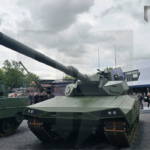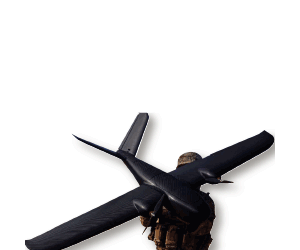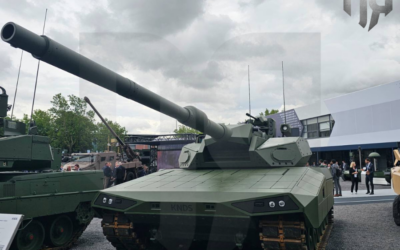With such a large number of interested attendees at MBDA’s pavilion at the Eurosatory 2024 Defence exhibition, the stand reminded of an…
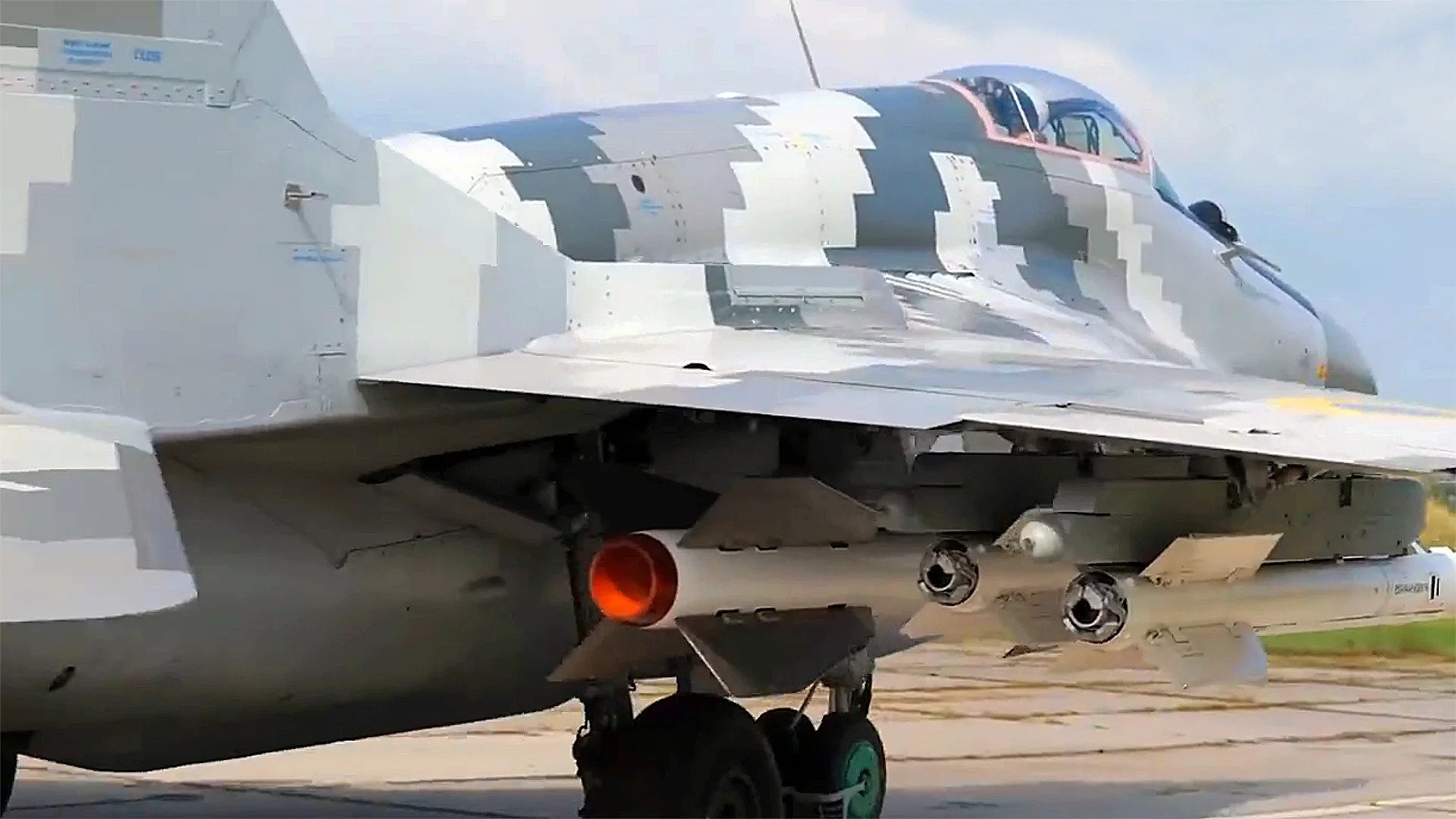
The Ukrainian Air Force has released a video confirming that it is using Soviet-designed fighter jets to launch US anti-radar AGM-88 HARM missiles.
In early August, the US Department of Defence said that as part of its aid and equipment package, the US would supply Ukrainian Armed Forces with AGM-88 HARM air-to-ground missiles. Yet, many believed that the said missiles could not be readily available in Kyiv, as they needed to undergo certain modifications so as to be compatible with the Soviet-made Ukrainian fighter jets.
The Ukrainian Air Force has released footage of the deployment of MiG-29 fighter jets in honor of the fallen Squadron Leader Yevhen Lysenko, who was killed in a dogfight with Russian fighters on March 9.
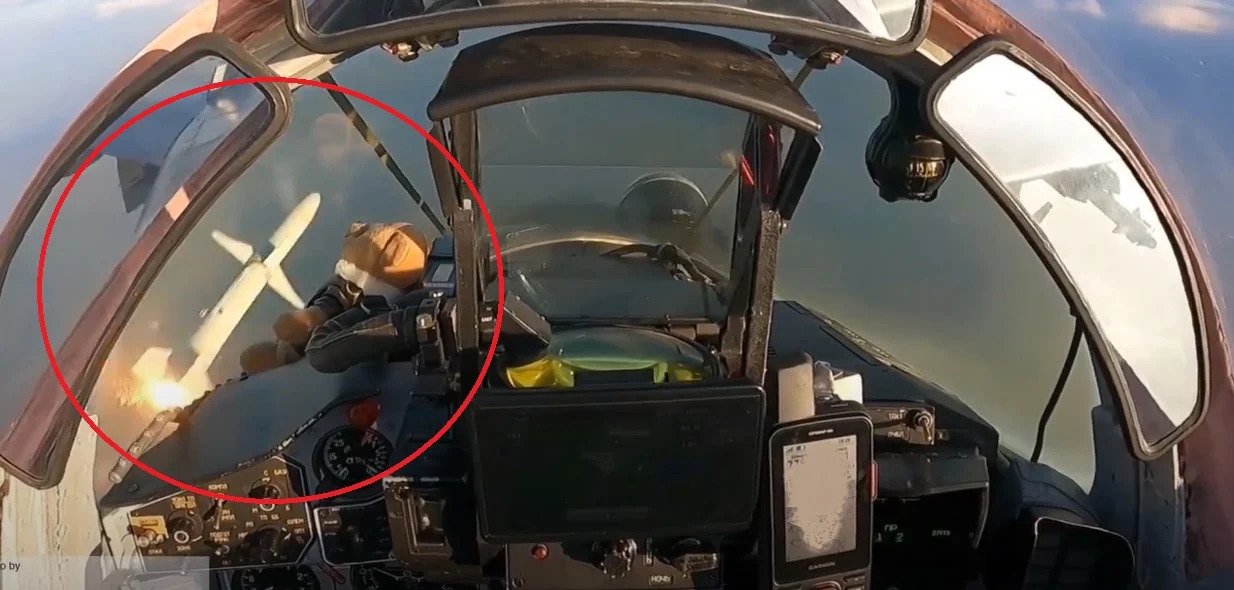
One of the 🇺🇦 pilots has made a footage of the MiG-29 fighter jets combat operations.
🇺🇦 pilot Ivan dedicates this video to major Yevhen Lysenko, his fallen brother in arms, who heroically died in an aerial fight against the 🇷🇺 invaders on March 9. pic.twitter.com/eUVYIAboDr
— Ukrainian Air Force (@KpsZSU) August 30, 2022
In this footage, the Ukrainians have “made sure” to capture MiG-29s firing US AGM-88 HARM air-to-ground missiles at Russian targets, confirming not only that these missiles are at their disposal, but also that the Ukrainian Air Force operates, contrary to what Moscow has claimed.
Specifically, the footage depicts two AGM-88 HARM missiles being fired from MiG-29 Fulcrum fighter jets.
Colin Kall, the US Undersecretary of Defence for Policy, told a news conference that the US had sent “a number” of these missiles, without specifying how many the US had offered or when exactly they were sent.
However, on August 7, photos of guided missile debris appeared on social media, including what were identified as BSU-60A/B stabilizing fins on the tail of the missile.
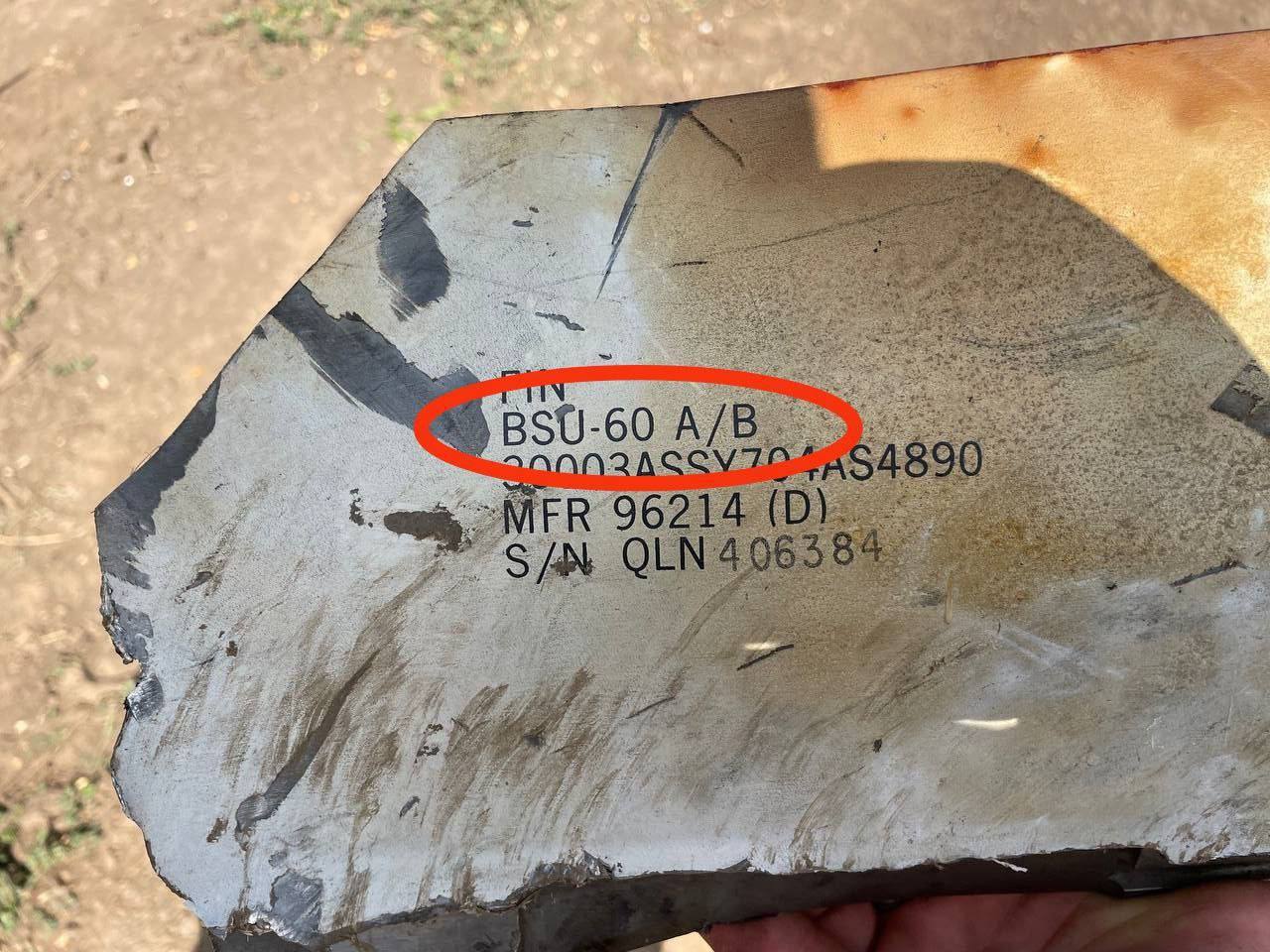
The previous day, the Ukrainian Armed Forces had reported the confirmed destruction of four S-300 anti-aircraft systems and one Pantsir-S anti-aircraft system.
Regardless of the validity of the announcement, an operation to destroy anti-aircraft systems was apparently conducted that day. The debris serves as a confirmation and possibly reveals the weapon used. This, however, does not necessarily mean that the debris of a weapon system proves that a target was engaged since the HARM missile has self-destruction capabilities if unsuccessful.
The technical characteristics of the missile in question include:
- Weight: 355 kg
- Length: 4.1 m
- Diameter: 254 mm
- Warhead: 66 kg proximity fuze fragmentation warhead
- Engine: solid fuel dual-thrust Thiokol SR113-TC-1
- Wingspan: 1.1 meters
- Maximum effective range: 150 km
- Maximum speed: Mach 2
- Guidance system: Initial stage: inertial guidance INS/GPS / Terminal stage: Passive radar
The missile type in question is used in SEAD (Suppression of Enemy Air Defence) operations and missions, which aim at the suppression of enemy air defence, i.e. radar systems, early warning systems, and anti-aircraft missile systems. It constitutes a stand-off high-speed self-guided anti-radar missile.
What needs to be underlined in terms of their deployment is the fact that the Ukrainians, with the help of the USA, were able to integrate them into Soviet-origin aircraft.
Experts in the field speculate that the AGM-88 HARM missile (versions B, C-1, D) is compatible with the MIG-29 due to its ability to be fired in one of its 3 modes of operation, namely the pre-briefed input of target coordinates (INS/GPS).
In the terminal stage, as mentioned above, the missile activates a passive radar detector, which “locks” on the radio frequency emission from radar sources for their imminent destruction, even if the target interrupts the radar emission shortly before the attack.
Also read: ILA 2022 | MBDA Germany presented the new standoff surface-to-surface missile system JFS-M – VIDEO
READ MORE
KNDS | Showcases full range of LEOPARD battle tanks at EUROSATORY
KNDS continues to expand its technological advantage in the field of main battle tank development, as we have witnessed at the Defence and…
THEON SENSORS | Distinguishing appearance at EUROSATORY 2024 with new range of products
THEON SENSORS attended the International Defence and Security Exhibition EUROSATORY 2024 as an ambassador of Greek innovation…
EUROSATORY 2024 | Missile Artillery Solutions from MBDA
With such a large number of interested attendees at MBDA’s pavilion at the Eurosatory 2024 Defence exhibition, the stand reminded of an…
KNDS | Showcases full range of LEOPARD battle tanks at EUROSATORY
KNDS continues to expand its technological advantage in the field of main battle tank development, as we have witnessed at the Defence and…
THEON SENSORS | Distinguishing appearance at EUROSATORY 2024 with new range of products
THEON SENSORS attended the International Defence and Security Exhibition EUROSATORY 2024 as an ambassador of Greek innovation…
Ministry of Defence | Organization of Hellenic EDF Info Day
A Conference entitled “EDF Info Day” is organized in the Amphitheater of the National Gallery on Tuesday, July 9 from 09:00 to 17:00.
ALTUS LSA | Participates in EUROSATORY 2024 with KERVEROS in the foreground
The participation of ALTUS LSA in EUROSATORY 2024 is among the Greek participations of operational significance.
Freddy Beleris | Ιn jail until October
The elected mayor of Heimarra and Member of the European Parliament of New Democracy will remain in prison until October…








